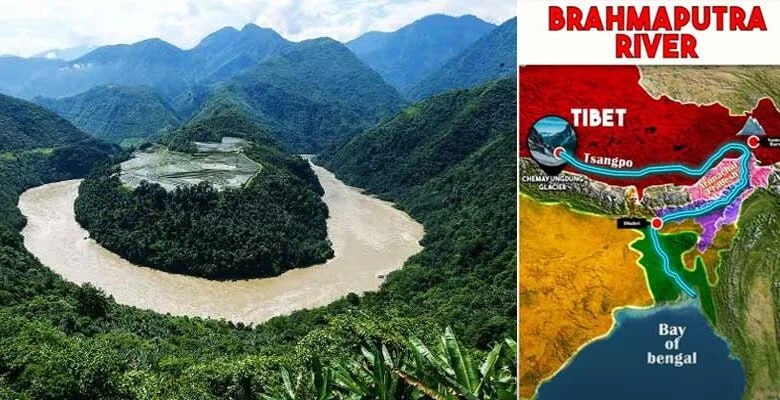French Navy's Falcon 2000LXS 'Albatros' Embarks on Maiden Flight

On January 24, 2025, the French Navy's latest maritime surveillance aircraft, the Falcon 2000LXS "Albatros," successfully completed its inaugural flight at Bordeaux-Mérignac Airport. Captured by aviation enthusiast Raphaël Savry, the aircraft, bearing the tail number "F-WATM" and the "Albatros" insignia, showcased its readiness to enhance France's maritime patrol capabilities.
AVSIMAR Program and the Albatros Initiative
The "Albatros" project is a key component of the French Ministry of Defense's AVSIMAR (Avions de Surveillance et d’Intervention Maritime) program, initiated in November 2020. This program aims to modernize the nation's maritime surveillance fleet by introducing advanced aircraft designed for both monitoring and intervention roles. The initial order comprises seven aircraft, with deliveries commencing in 2025, and a total of 12 units planned.
Design and Performance Enhancements
Derived from the Falcon 2000LXS business jet, the Albatros offers significant performance improvements over its predecessors. It boasts an impressive range of 4,000 nautical miles (approximately 7,410 kilometers), surpassing the legacy Falcon 2000's 3,240 nautical miles. In its maritime surveillance configuration, the Albatros can conduct seven-hour patrols up to 200 nautical miles from the coastline. This extended range is particularly beneficial for operations in French overseas territories, enabling direct connectivity between command zones in regions like the South Pacific.
Advanced Surveillance Capabilities
The Albatros is equipped with state-of-the-art technology to enhance its surveillance and intervention missions. It features the Thales Searchmaster radar, similar to the system used in the upgraded ATL2 maritime patrol aircraft, housed within a dedicated radar fairing. Complementing this is the Safran Euroflir 410 electro-optical/infrared (EO/IR) system, which significantly boosts the aircraft's reconnaissance capabilities. The mission system is provided by Naval Group, ensuring seamless integration of these advanced sensors.
Operational Flexibility and Rescue Capabilities
One of the standout features of the Albatros is its versatility. Based on the Falcon 2000LXS platform, the aircraft excels in low-speed, low-altitude handling, crucial for search and rescue operations. Simultaneously, it can maintain prolonged high-altitude loitering for extensive search tasks. The reliable PW308C engines facilitate rapid transitions between low-altitude visual inspections and high-altitude wide-area scans. Additionally, the Albatros is equipped to deploy rescue equipment directly from its cabin, enhancing its utility in emergency situations.
Production and Assembly Plans
The initial three Albatros aircraft are being constructed at Dassault Aviation's primary facility in Bordeaux-Mérignac, France. Subsequent units will see assembly operations transition to Dassault Reliance Aerospace Limited's new factory in Nagpur, India. Despite this shift, all airframes produced in Nagpur will return to Mérignac for conversion to military specifications, ensuring consistency and quality across the fleet.
The successful maiden flight of the Falcon 2000LXS "Albatros" marks a significant milestone in the French Navy's efforts to modernize its maritime surveillance and intervention capabilities. With its advanced technology, enhanced performance, and operational flexibility, the Albatros is poised to play a pivotal role in safeguarding France's maritime interests both domestically and in overseas territories.


